Net Zero Business: A Simple Guide to Getting Started
Businesses of all sizes can play a crucial role limiting climate change and supporting progress towards net zero carbon emissions.
Looking to get started or advance the net zero position of your business, then you’re in the right place!
This guide will provide you an overview of the key steps to establish a reduction plan, considerations to make along the way, and insights into operational benefits you can expect to gain.
Key Net Zero Benefits to Your Business

First and foremost, working towards net zero ensures your business is playing its part in limiting climate change.
Beyond this, there are 3 key benefits you can achieve when bringing down business emissions: reducing your costs, reducing risk exposure, and enhancing your brand.
We advocate that progress towards net zero should be practical. Therefore, consider the below at an early stage of planning to ensure the action you eventually take are a gain both for the environment and your business.
Reduced Operational Costs:
As a general rule of thumb, reducing emissions means reducing overall energy use.
Good efficiency improvements should lead to lower operational costs linked to energy use, and resource consumption more generally.
Achieving savings is not necessarily as immediate or near term return, rather a return over the long term is more likely.

Improved Risk Management:
Climate change regulations are tightening, and proactive businesses are better positioned to adhere to them.
Establishing a proactive strategy towards Net Zero will position your business in readiness for future obligations that may be imposed.
Enhanced Brand Reputation:
Consumers are increasingly environmentally conscious. A proactive Net Zero strategy demonstrates leadership in this space and ensures you do not restrict the potential consumer base you can appeal to.
This same consideration is also true of business-to-business relationships. Acting on Net Zero will ensure you retain a fuller range of potential businesses you can partner with for commercial relationships.
Becoming a Net Zero Business

At a fundamental level, achieving a Net Zero position requires you take action over 4 key stages:
1. Measure
Understanding your baseline carbon footprint is essential. A carbon footprint refers to the total volume of annual emissions your business you business is responsible for.
Measurement of these emissions is categorised across 3 operational ‘scopes’:
Scope 1:

Direct emissions from fuels your business burns to power activities.
Prime examples include gas use in boilers for heating, or petrol use in vehicles.
Scope 2:
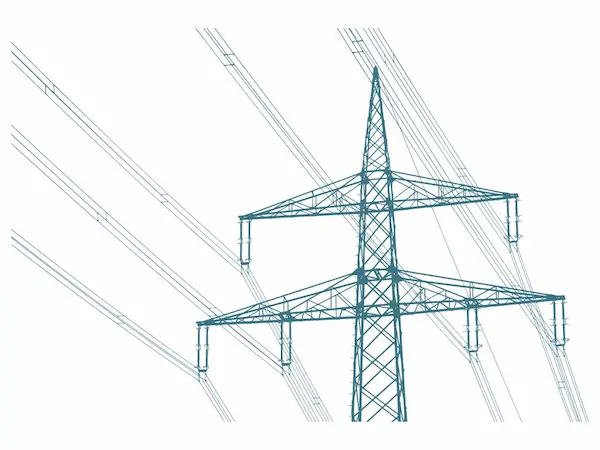
Indirect emissions caused by fuel burn at offsite locations, which generate the energy you import.
Most commonly this means electricity you import from the grid. For some businesses this can also include heat and cooled air imported from a local networks.
Scope 3:

All other indirect emissions caused by activities to support your business supply chain.
Common examples include water use, waste production. employee commuting, and energy used by employees when working from home.
The largest source can be the emissions your suppliers produce to provide you the materials and services you procure, if you choose to consider these emissions your responsibility. More on this later!
You’ll find a more detailed overview of these emission scopes here.
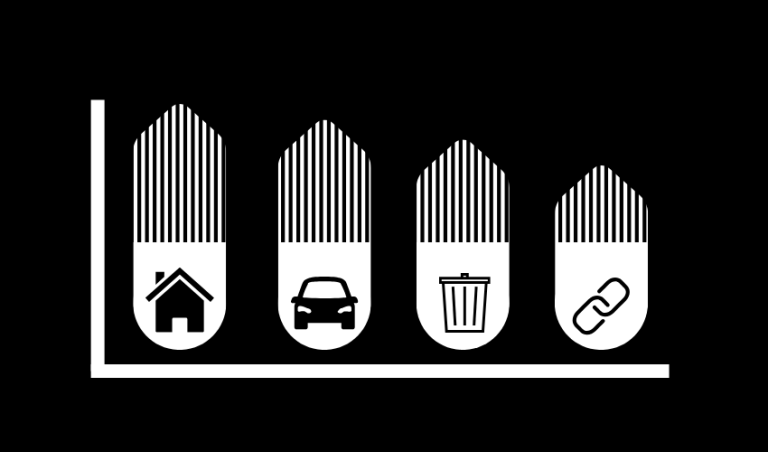
Carrying Out Measurements
To put your carbon footprint together you’ll need to log each emissions source you have within the 3 scopes over a full year period.
For each starting metric you have usage figures in (for example electricity in kWh) you’ll need to convert them to carbon dioxide equivalence (CO2e).
There are some standardised frameworks you can use for this , such as the Greenhouse Gas Protocol, which provide conversion factors to calculate CO2e. Some countries also provide nation specific conversion factors. In the UK for example, the government provide updated conversion factors annually.
It would be a stretch to say these frameworks and factors are user friendly!
To overcome this barrier, here at Greener Insights we are working on some easy-to-use tools that will help to measure your carbon footprint without all the hassle of wordy documents. Join our waitlist for these tools here. Our guide to Carbon Accounting Basics will also help!
2. Planning Reductions to Net Zero
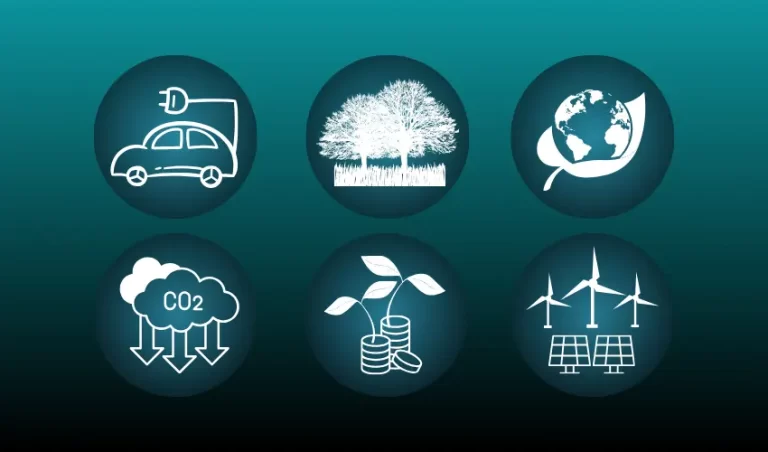
Once you have a baseline measured, you can put together a plan for reductions.
Such plans are commonly set across several years or decades, running up to 2050 (2050 being the global target year for net zero being achieved).
Think of this plan as an steady process of improvements, each stage building on the last until you ultimately reach the point of becoming a Net Zero Business.
Each of the improvements targeted should be clear and time bound.
What Emissions Are Your Responsibility?

You’ll find when measuring emissions, there are some you can directly control and some you can only influence. Generally speaking, you have control over Scope 1 & 2, with little control or just influence on Scope 3.
Given the different levels of influence, it is sensible to first establish what you are prepared to take responsibility for.
We recommend starting off with a plan to tackle your ‘operational emissions’. By this we mean those sources you have direct control over – the energy use in your buildings and by your equipment, the water you use and the waste you generate.

Those emissions where you only have influence can still be worked on, but it is reasonable to acknowledge your limitations in being able to actually reduce them independently .
Often it’s more sensible to set out a separate range of actions on these areas of influence, encouraging change over a longer period of time.
What’s Beneficial Now and In the Future?
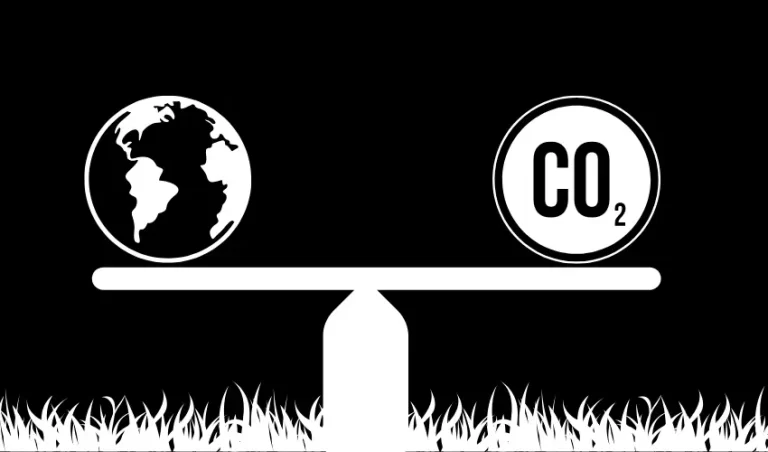
Amongst the operational emissions you’re able to control, some are more easily addressed, and have more viable solutions, than others.
Improving the efficiency of a building for example has some easy wins. Lighting and some equipment can be easily replaced with more efficient versions, and generally with a quick return on the investment made. Other measures, such as upgrading heating systems may not be immediately practical.
Make sure you consider what actions are most effective for your business when staging a plan, both in respect of cost reduction and carbon emissions.
Pursue the best opportunities near term and lay the ground work to prepare for more challenging measures in the years to come. This helps ensure the plan is compatible with the continued success of your business.

Reduction Actions to Consider
Buildings and Equipment:

Travel and Logistics:
Check out our Sustainable Business Travel Planning post for further guidance on reducing your transport emissions.
Renewable Energy:
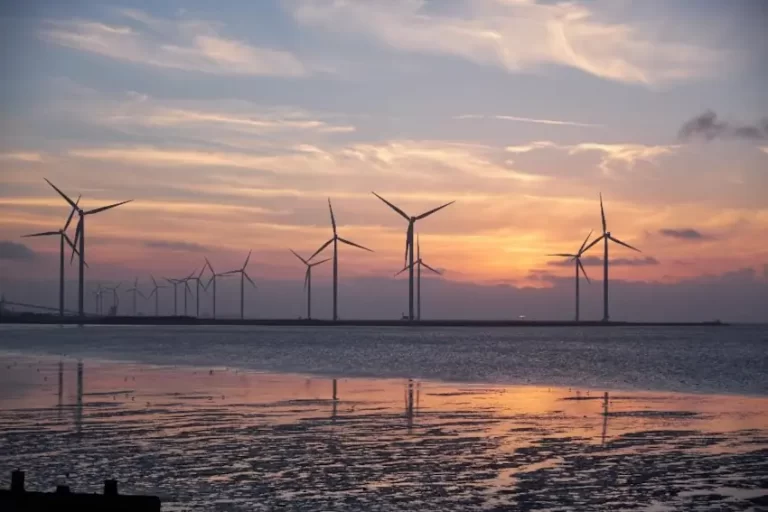
Sustainable Supply Chain:
3. Offsetting What Cannot be Reduced
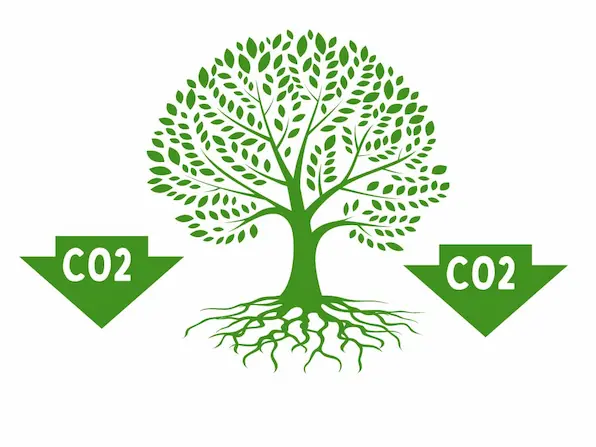
After implementing reductions, any remaining emissions should be offset to reach a net balance of zero emissions.
Offsets, or ‘carbon credits’ are predominately used if you want to advance the year a net zero position can be reached, but still have certain emission sources without a solution or technology available to address.
A common example is to address remaining fossil fuel burn, such as gas, where building adaptations are not yet viable and a renewable source is not available.
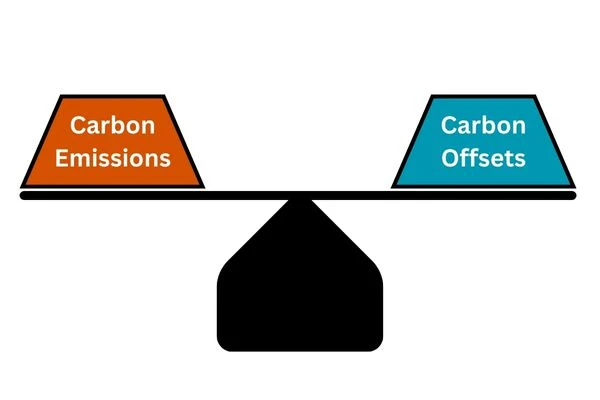
Offsetting is commonly carried out through credit purchasing schemes. These schemes fund activities such as:
To be confident in claiming Net Zero Business status, make sure to only invest in schemes using robust verification. There are a number of established carbon credit verification standards covering a broad range of offset forms, whilst some schemes focus on specific project types, such as Woodland Carbon Code & Peatland Carbon Code schemes.
For further information on offsetting, check out our Offsetting Guide here.
4. Monitoring Ongoing Performance

Once you have your emissions baseline and are implementing reductions, ongoing monitoring is a must.
Emissions should be monitored through annual assessment as a minimum, though more regular monitoring on a quarterly, monthly, or in some cases live, has clear benefits.
The greater oversight you have of your emissions performance, the quicker you can be to identify actions that work and those that don’t.
Regular monitoring also ensures you register any unexpected changes to you emissions that may require action you did not previously anticipate.

Of course once you reach a Net Zero position, monitoring also allows you to evidence this status and prove you can retain it.
There are a range of certifications and standards you can adopt for monitoring programmes, however it is quite common for many businesses to simply operate there own monitoring.
As long as your method is robust, clear and transparent, then you will be well placed to evidence your position publicly.
Key Considerations When Taking Action
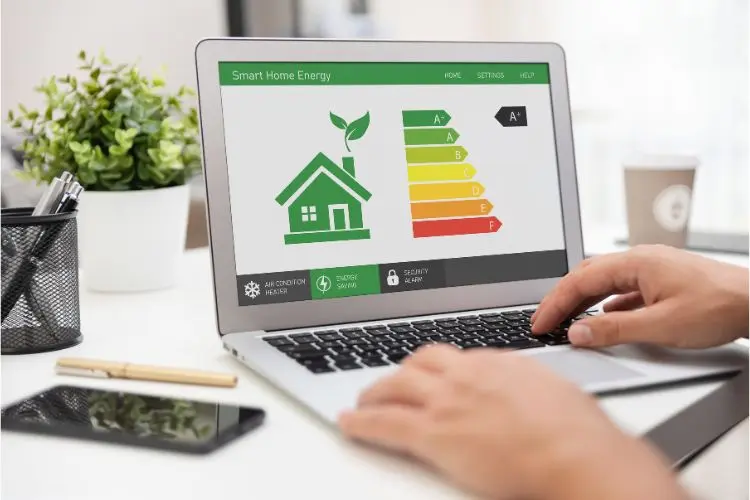
Along this process of measurement, planning and monitoring, we recommend some key considerations to bare in mind:
Set Ambitious Goals: This process works best if you are ambitious. The more ambitious you are, the better placed you are to plan over the long term. This in turn improves your chances of delivering stable, effective returns. Remember though to ensure goals set are realistic as well as ambitious!
Stakeholder Engagement: Collaborate with employees, suppliers, and customers. This fosters buy-in and leverages collective action.
Innovation and Continuous Improvement: Invest in research to identify your best options for action, and continuously seek ways to further reduce your footprint.

Transparency and Reporting: Regularly monitor progress, disclose your emissions data, and transparently communicate your net zero journey.
Secure Leadership Commitment: Ensure you gain buy-in from senior management, from the start. This will help secure long-term support and resource allocation.
Bright Future For Net Zero Businesses

Embarking on the net zero journey is a commitment to a sustainable future.
By adopting the approach outlined here, your business can make a significant contribution to tackling climate change whilst enhancing its brand, resilience, and operational efficiency.

We regularly publish additional insights and guidance here at Greener Insights. Check in with us regularly to keep up to speed with the latest developments.
Please also feel free to get in touch with us below if you’d like to speak to us directly for further support:







